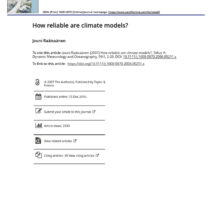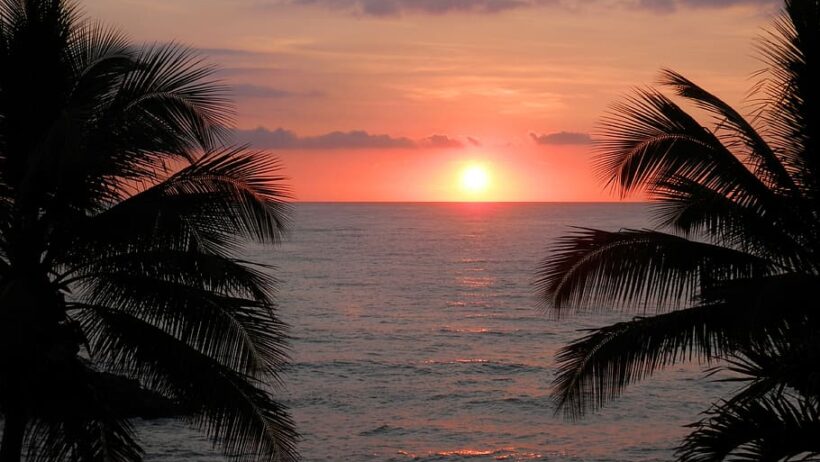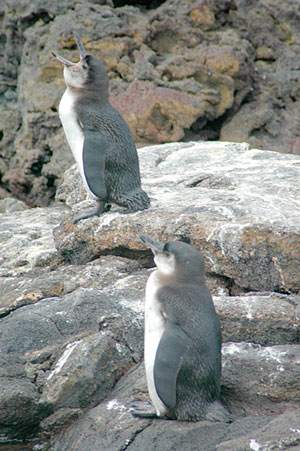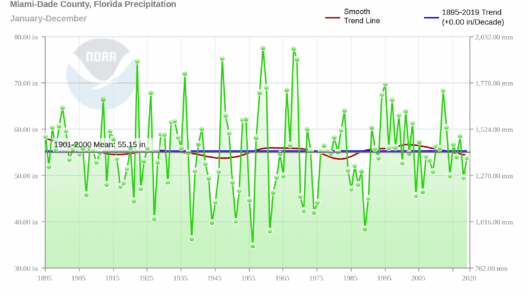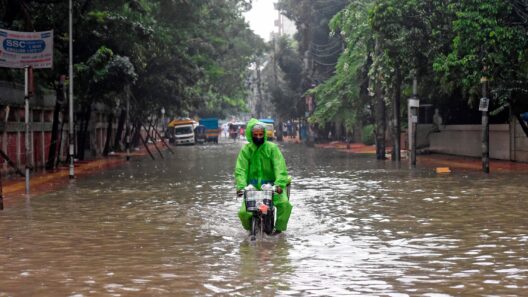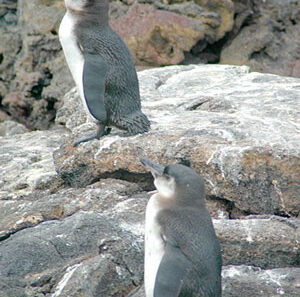The Dominican Republic, a Caribbean nation sharing the island of Hispaniola with Haiti, possesses a climate characterized predominantly by its warm, tropical conditions. Nestled between the Caribbean Sea and the Atlantic Ocean, this country offers a climate that is synonymous with sun, sea, and invigorating breezes. Understanding the climatic nuances not only enhances the travel experience but also underscores the importance of environmental considerations in sustaining such a vibrant ecosystem.
In general, the Dominican Republic enjoys a tropical maritime climate, influenced by its geographical location and ocean currents. The temperature typically ranges from an inviting 25°C to a sultry 30°C (77°F to 86°F), making it a perennial destination for sun-seekers. However, the climate is not uniform throughout the entire country; rather, it exhibits variability dictated by altitude, proximity to water, and seasonal patterns.
One of the most prominent features of the Dominican Republic’s climate is its wet and dry seasons. The dry season, extending from December to April, is characterized by minimal rainfall and is often favored by tourists for its pleasant weather. During these months, clear skies dominate, offering opportunities for beach excursions, water sports, and exploration of the lush natural landscapes. Visitors can expect idyllic conditions, with abundant sunlight radiating over the beautiful coastlines.
Conversely, the wet season, which usually spans from May to November, brings a significant increase in precipitation. This is particularly evident from May through October, where rainfall can be intense yet often fleeting, followed by the return of sunshine. Tropical storms and hurricanes, while not overly frequent, can occur during this period, raising awareness of potential environmental vulnerabilities. The rainy season enhances the vividness of the region’s flora and fauna, making it a remarkable time for nature enthusiasts and wildlife observers.
Notably, the phenomenon of microclimates plays a substantial role in the Dominican Republic’s larger climatic framework. These localized climatic variations stem from topographical changes and distinct ecological settings. For instance, the mountainous regions, such as the Cordillera Central, experience cooler temperatures and frequent rainfall compared to the coastal lowlands. The city of Jarabacoa, known for its mountainous terrain, presents a refreshing climate, often serving as a retreat for those wishing to escape the humid coastal heat.
The coastal areas, including tourist hotspots such as Punta Cana and Santo Domingo, bask in warmer temperatures and are typically humid, aided by the constant trade winds that provide respite during the sultry summer months. The prevailing northeastern trade winds not only temper the heat but also contribute to the lush, verdant landscapes. The interaction of land and sea creates a harmonious ecosystem, essential for sustaining marine life and terrestrial biodiversity.
The impact of climate on ecosystems in the Dominican Republic is profound. The nation’s coastal waters are replete with coral reefs, mangroves, and seagrass beds, which serve as critical habitats for myriad marine species. However, climate change poses mounting challenges to these delicate ecosystems. Rising sea temperatures and ocean acidification threaten coral reefs, leading to bleaching and degradation. As ecosystems become compromised, the ramifications extend beyond marine life; coastal communities that depend on fishing and tourism may face economic challenges and food insecurity.
Furthermore, the potential for increased rainfall and more severe weather events could exacerbate soil erosion and diminish water quality in rivers and streams. The relationship between climate and agriculture is particularly salient, as shifts in precipitation patterns impact crop yields and food production. Sustainable agricultural practices and reforestation initiatives are crucial for enhancing resilience against climatic shifts and preserving the agricultural heritage of the Dominican Republic.
To mitigate the impacts of climate change, it is imperative that stakeholders—including government entities, businesses, and local communities—collaborate on sustainability initiatives. Increasing awareness of climate vulnerabilities spurs the development of comprehensive policies that promote conservation and the rigorous management of natural resources. Such initiatives can foster ecotourism, allowing visitors to engage meaningfully while contributing to environmental stewardship.
In conclusion, the climate of the Dominican Republic is a tapestry woven from sun-drenched days, tropical breezes, and the rhythmic currents of the sea. The interplay between its diverse climatic zones and ecosystems creates a vibrant and captivating environment. An understanding of these climatic factors is essential for appreciating the inherent beauty of the nation, while also recognizing the pressing need for sustainability amid climate challenges. Through concerted efforts, it is possible to safeguard the Dominican Republic’s natural treasures for future generations, ensuring that the sun, sea, and tropical breezes remain integral to its identity.

